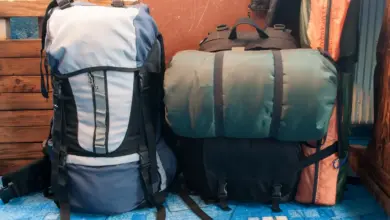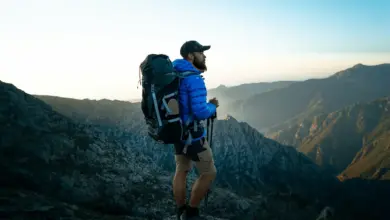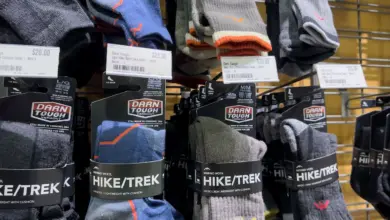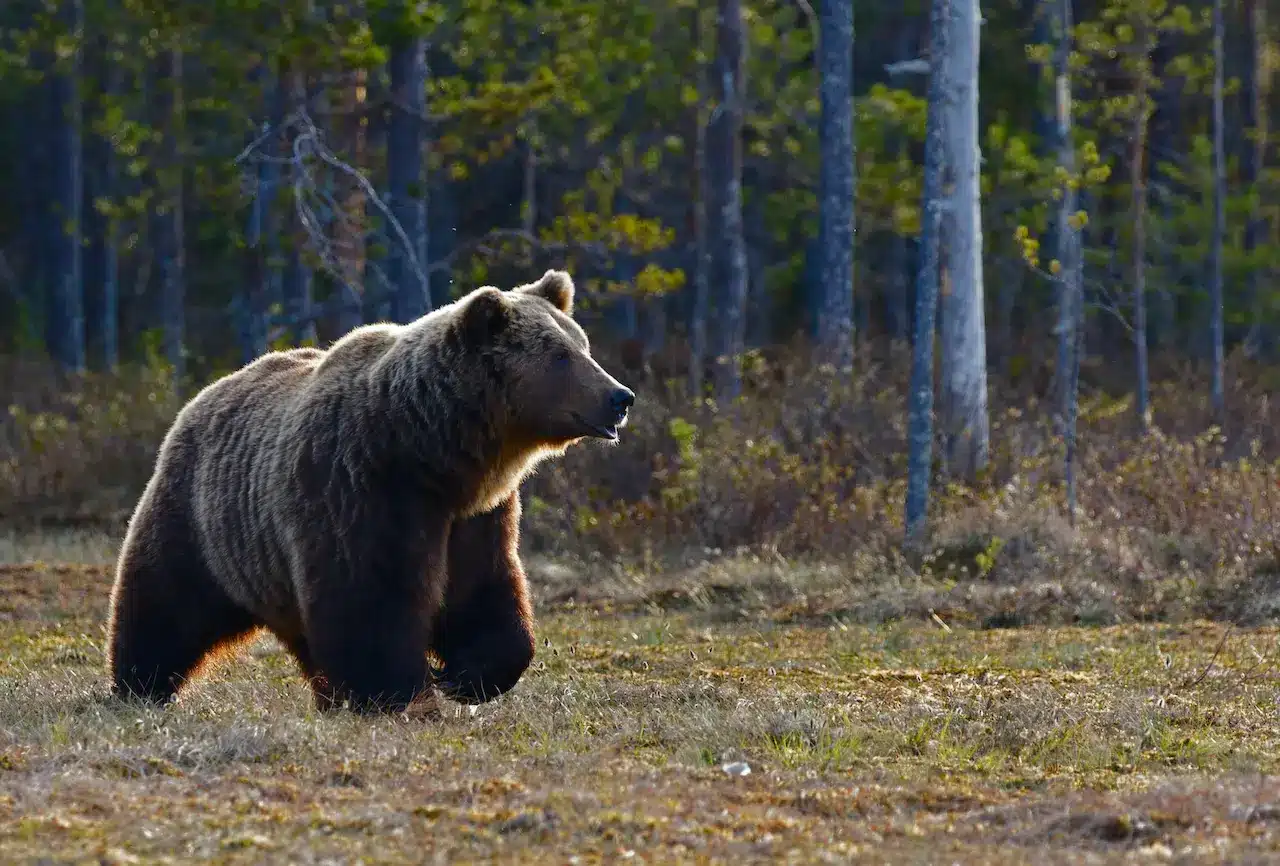Pants or Shorts for Hiking – Which Is Really Best?
Deciding between pants or shorts for hiking can be confusing if you don’t have a lot of experience yet. A lot of it depends on not just climate, weather, terrain, but also personal preference. There are hikers that swear by wearing pants for extra protection, and those who prefer the freedom of shorts.
So which is right for you, pants or shorts? Let’s find out.
The Case for Pants
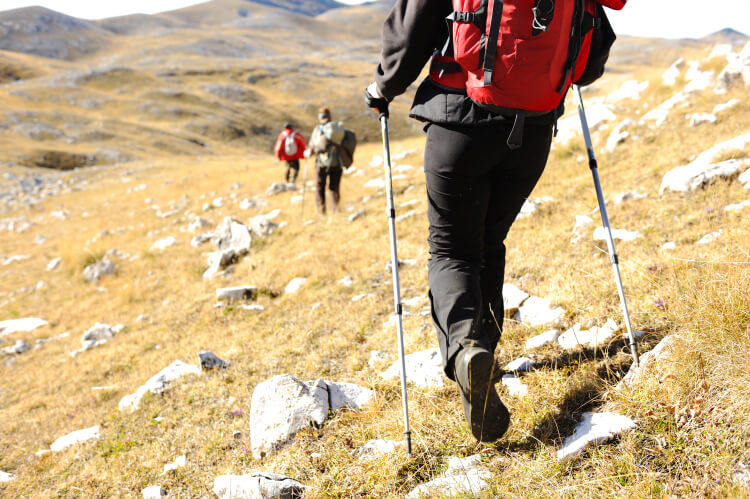
The main advantage of hiking in pants over shorts is for added protection. Depending on where you’re hiking, this can be important.
And when I say protection, I mean protection from:
- Ticks
- Scrapes and punctures
- Poison ivy/oak
- Debris and dirt
- Snakes, spiders, and other crawlers
Ticks are a huge reason hikers like to wear pants. Here in New England, ticks can carry Lyme Disease. Those infected can have symptoms of fatigue, pain, muscle aches lasting for months. A common preventative measure is wearing pants that are tucked into your socks.
Poison ivy and oak are another potential concern. If you’re staying on well-groomed trails and not bushwacking, this might not be a huge problem. Here in New Hampshire, I’ve personally never had poison ivy except for once when staying at a campground. However, poison ivy thrives on warmer weather. Some people describe trails down south as “jungles” where bugs and poison ivy are everywhere.
Another reason to wear pants on the trail are bugs. Sometime’s there’s no avoiding them. As someone who prefers to wear shorts, I’ve gotten a lot of mosquito bites during my hikes. It’s not too much much of a problem when hiking, but stopping to rest is.
If you’re doing any kind of bushwacking or rough climbing, pants have a clear advantage. Pants will help protect you against thorns, branches, and sharp rocks. Pants will also keep you clean. After a good 9 mile hike, I often hop in the shower and see all the dirt that comes off me.
In some climates, you may come across snakes, spiders, and other crawlers. In any type of harsher environment, pans are the winner.
Here’s why some prefer pants:
During the peak of tick season, I hike in pants even if it’s boiling hot. It also helps keep debris out of your shoes.
Always pants with the cuffs tucked into your long socks.
Pants for me…better protection against bugs, snakes, plants.
You may also like Best Ultralight Down Jackets
The Case for Shorts
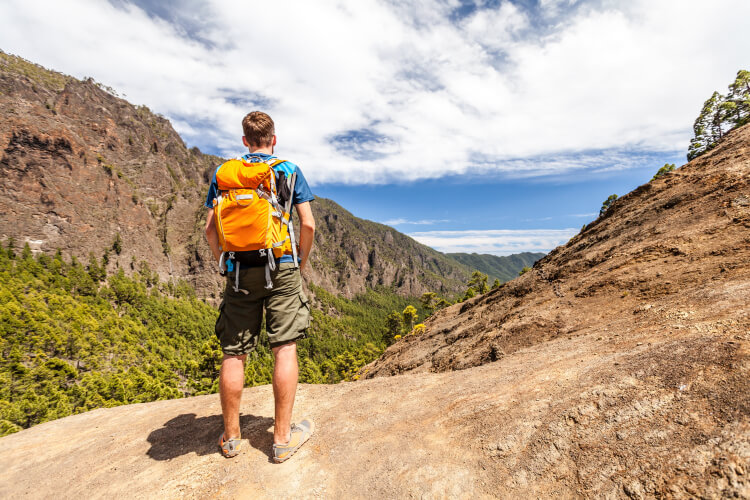
I personally prefer shorts. I like feeling comfortable and don’t mind getting a little dirty. There are some hikers who wear shorting hiking the entire Appalachian trail, so it’s certainly part personal preference.
In fact, many thru-hikers on the Appalachian trail often wear the most minimalist clothing they can get away with. It’s not uncommon for many of these hikers to hike without underwear.
The main advantage of wearing shorts is comfort. Many climates are hot and humid, and pants just make everything worse. Many experienced hikers wear running shorts or lightweight synthetic shirts.
There’s always the question of, “what if it rains or gets cold?”. A lot of times, that generally isn’t a problem. I’m not one of those crazy people that wear shorts in the dead winter during a snowstorm, but there’s is some truth to this. Most of your body heat is generated from your core. If you keep your core warm, the rest of your body will stay much warmer. And while your legs are moving, they are generating their own heat.
As far as rain, as long as it’s not cold, it’s not a problem either. Having wet legs is just that, wet legs. A little rain is perfectly fine. I actually feel more comfortable in shorts than pants when it does rain.
The downside of wearing shorts is when you stop moving, it can feel cold, especially when you are at high altitude with high winds. In such environments, it does make sense to have some extra protection around the legs.
For protection, shorts aren’t always the best against bugs, scrapes, and sunburns. While you might not like the look, wearing tights under your shorts is one option. This allows for a lot of freedom of movement and is lightweight.
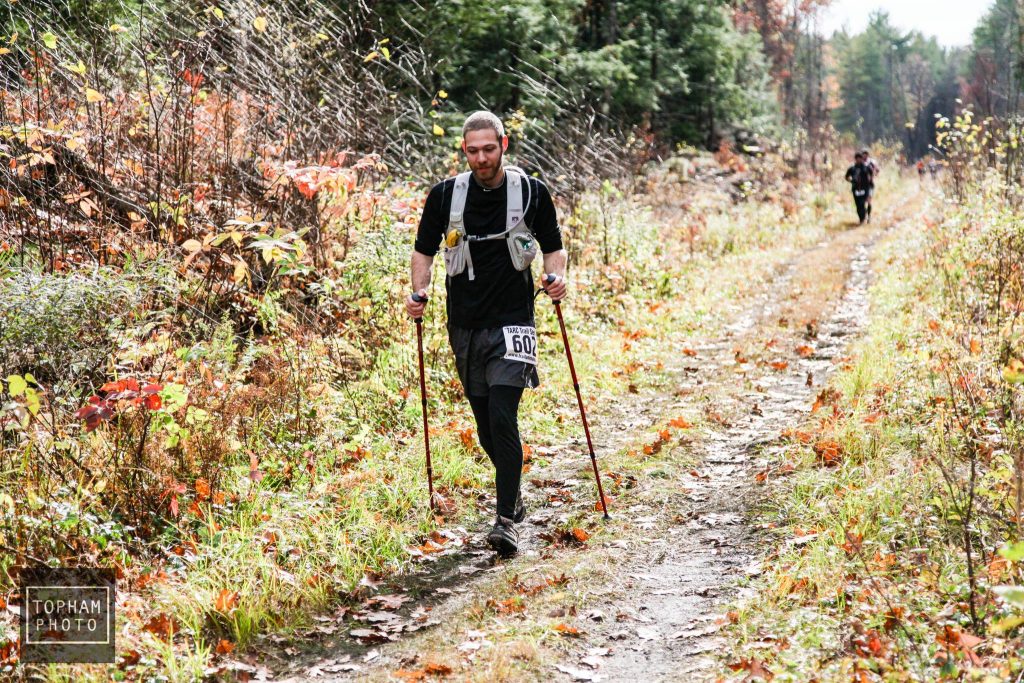
Anytime I do ultra-marathons or multi-day adventure races, I like to wear rights under my running shorts.
Here’s what some other hikers had to say:
Shorts, always. I don’t mind yoga pants in the winter, but for some reason, they are uncomfortable with the slightest bit of warmth in the air. Oddly, I don’t have the same issue when I run. Hiking pants are not only uncomfortable, but they are also unflattering.
Shorts & bug repellent. My legs do get banged up on occasion, but it’s worth it for them to be free.
Nylon Under Armor athletic shorts for hiking. I’ve had three pair for 15 years. They never wear out. Long workout pants for the evening.
Something Else?
If you still can’t decide between pants and shorts for hiking, there are other options too. Many people were convertible or zip-off pants. I have a pair myself that I quite like. These pants, in particular, come with a built-in belt, are lightweight, and quick drying. I actually wear them in the winter over my insulated rights.
Women also hike in yoga pants and leggings. There are even leggings designed for hiking with pocket room and built-in bug repellent.
Hiking in skirts or kilts is another option. These are probably the most comfortable, especially if you are a hot hiker and sweat a lot.
You may also like What to Wear While Camping With Your Boyfriend
Weather Considerations
We’ve covered a lot when it comes to pants vs shorts for hiking. One thing to keep in mind is the material you will be wearing. As you may have heard, cotton kills. There are people who wear jeans in hiking, and it can work, but you can’t get them wet. The same thing goes for hiking in sweatpants. These are okay for shorter hikes and nature walks, but nothing beyond that.
Whicher ever attire you wear hiking, the important thing is that it’s safe first, comfortable second.
